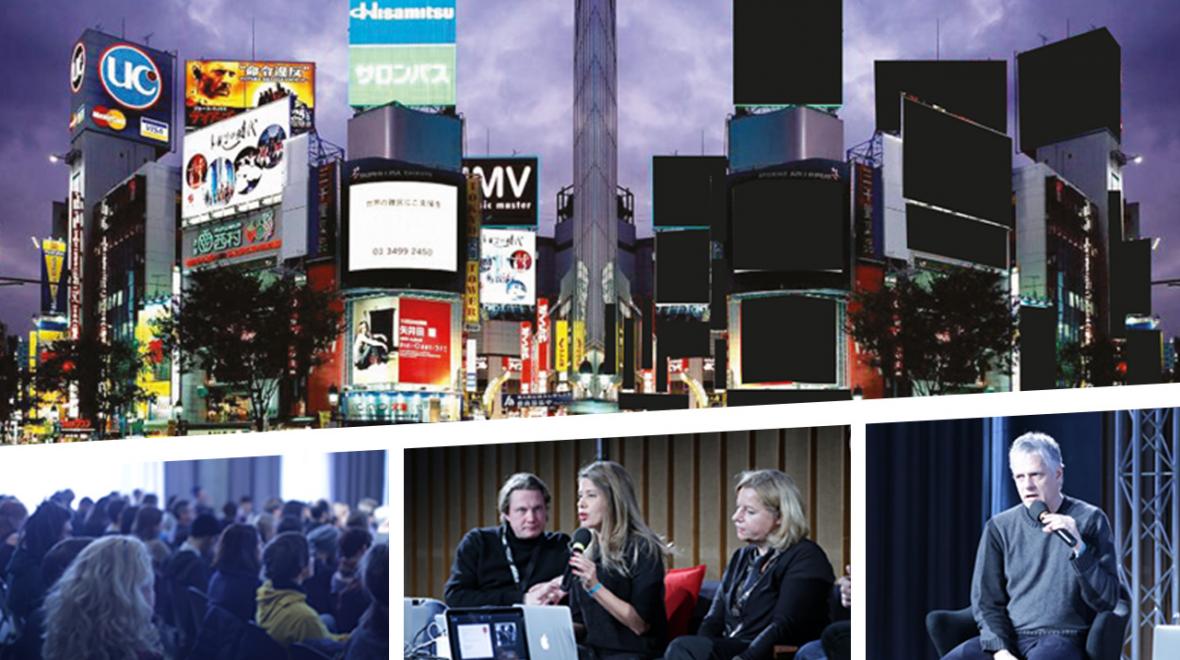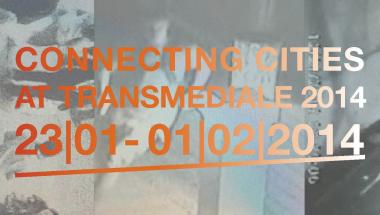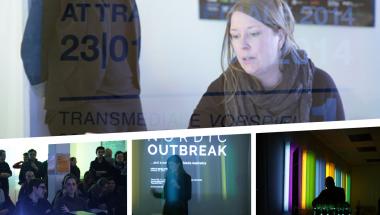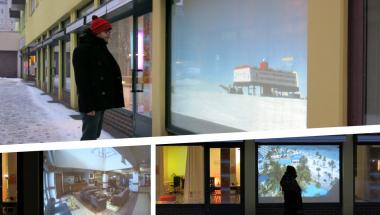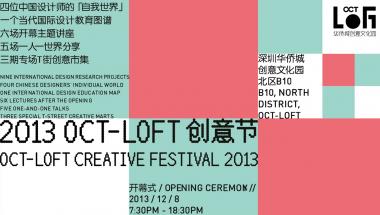CONNECTING CITIES @ TRANSMEDIALE PANEL: BLACKOUT
On the 31 January Public Art Lab hosted a Connecting Cities Panel at the Haus der Kulturen der Welt that tuned in the main curatorial topic of the transmediale 2014: the afterglow.
As an introduction served the happening in March 2011, where after the nuclear disaster in Fukushima all the streetlights and LED-screens were turned off. Starting from this nuclear catastrophe in Japan the panel focused on the moment 'afterwards', when the meaning/memory of screens is erased and brought back to point zero. How can we create meaning for urban media and redesign them?
Together with Connecting Cities artists, curators and the transmediale visitors the panel compiled and discussed different possible scenarios. Susa Pop (Director of Public Art Lab) started with the fact that the growing scarcity of resources have to foster a change of mentalities regarding our use of energy and bring awareness for the significance of natural resources. If we see the resources as capital that is not infinite, we should focus on using screens as community platform, not as commercialized media and create alternatives for established infrastructures. Martin Brynskov (Aarhus University) introduced the Scandinavian model of the ‘Smart City’ that consists of involving stakeholders by interweaving technology, design, and public policy. Followed by Marília Pasculli (verve cultural), who presented São Paulo, Brazil as an ‘afterglow‘ showcase example. After the ‘Clean City’ law that passed in 2006 required the removal of public advertisements, the city had to re-think the use of the public space and its screens and reorient them towards cultural and interactive content. Alain Mongeau (MUTEK, Montreal) talked about the Quartier des Spectacles in Montréal that works as a community and festival platform and lays special attention on programming cultural activities, managing public spaces, and enriching the district’s cultural general attractions. In the context of an afterglow situation the artist Paul Sermon (University of Brighton) referred to several of his telepresent works. Mike Stubbs (FACT Liverpool) presented the works of the Polish artist Krzysztof Wodiczko on his Veterans Vehicle Project. For this a large-scale outdoor video projection he collaborated with soldiers who fought during recent armed conflicts and are returning to civilian life. Handing over to Yves Bernard, the artistic director of iMAL who has already developed strategies for the 'Afterglow' with their FAB-lab: experimental, DYI-tools, own infrastructures, mobile, independent devices. The Blackout-Panel gave insights on different strategies and practices on how to curate, organize and reflect the meaning and usage of large digital screens in urban space.
Photograph:
© Public Art Lab

